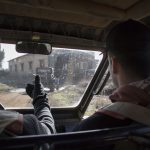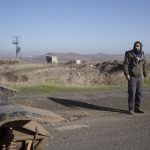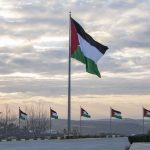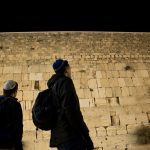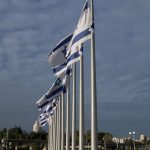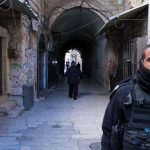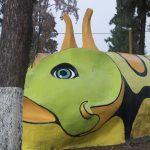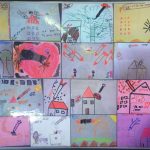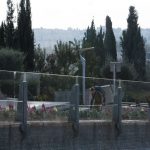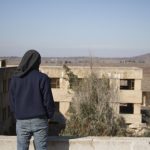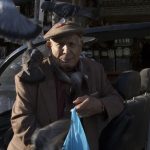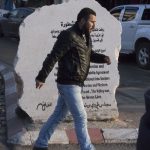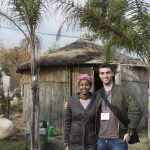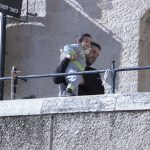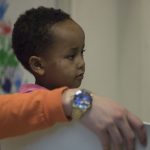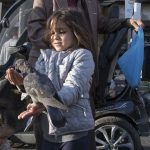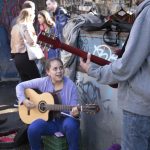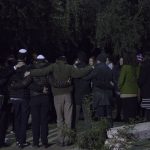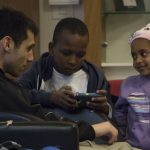Hidden truths of the Middle East

Instead of going to the beach and sipping on piña coladas this past December break, I got on a 12-hour flight to the Middle East with one focus: educating myself on the Israeli-Arab conflict.
I drove a dune-buggy along the Israeli-Syrian border, riding through the ruins and rubble that was the Syrian army’s headquarters up until the 1967 Six-Day-War; the immense valleys and mountains loomed over me in the distance as I hurtled along the destruction of the past.
I went over the green line and visited settlements in the West Bank — both Jewish and Palestinian villages and cities that strived in some areas and were crumpled in others.
I got to experience the breathtaking scenery of the Golan Heights and the ancient architecture of Old City Jerusalem.
In Israel, I had the opportunity to speak with parliament members at the Knesset, a chief officer of border security, a counter-terrorist first responder, an acclaimed Palestinian journalist, an Israeli political correspondent, humanitarian aid volunteers, medical teams, intelligence officials and a variety of influential and high-status voices that opened my eyes to the good, the bad and the ugly.
I learned about perceptions on occupational regions — differing consensuses on the recent UN resolution declaring all Israeli settlements in the West Bank to be “occupied territory” and a flagrant violation of regional rights.
I learned about military intervention. I walked right outside the Gaza border, touching the wall, and gained an understanding of daily conditions, learning about the struggles and constant threats looming over every decision a civilian on either side makes.
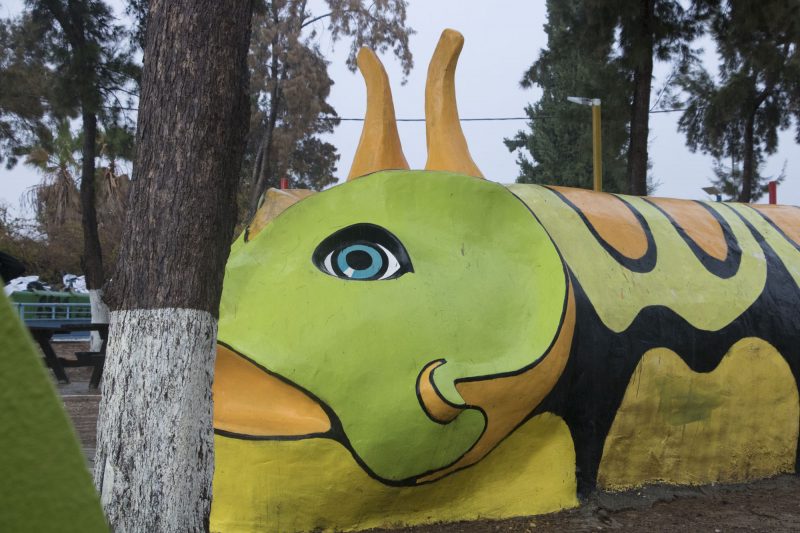
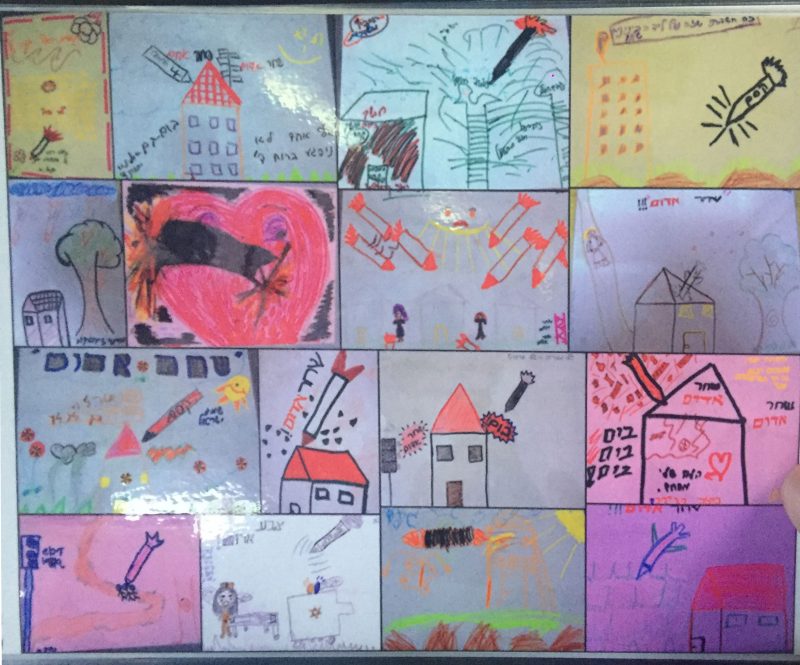
I developed an understanding of the Palestinian National Authority, the complications of the Oslo Accords and the terrorizing and persistent motivations of Hamas.
I learned about claims of excessive force towards Israeli Defence Forces, Israeli checkpoint security, suicide bombing history and an overwhelming load of information on the un-flushable shit-storm that spirals through the majestic toilet bowl known as the Middle East.
More than anything, I learned that the conflict is not black and white. It’s no hero versus villain comic book. It’s a complex political conundrum that’s often overlooked, simplified or flat-out misinterpreted.
But more importantly than what I learned throughout this political conundrum of misunderstanding is what I learned through the Muslims, Jews, Christians, Ethiopian refugees and diverse civilians that walk the streets of Jerusalem, Tel Aviv, Haifa and settlements in the West Bank.
It was the Armenian cab driver who talked about Israeli’s togetherness and unconditional love for one another despite the loud honks and impatient confrontation during Friday afternoon rush hour.
It was the Arab waiter that served me one of the best Middle Eastern meals I’ve had who told me about his love for photography and how he’s worked at the restaurant for over 20 years — watching the progression of the conflict from up close by serving countless civilians and tourists.
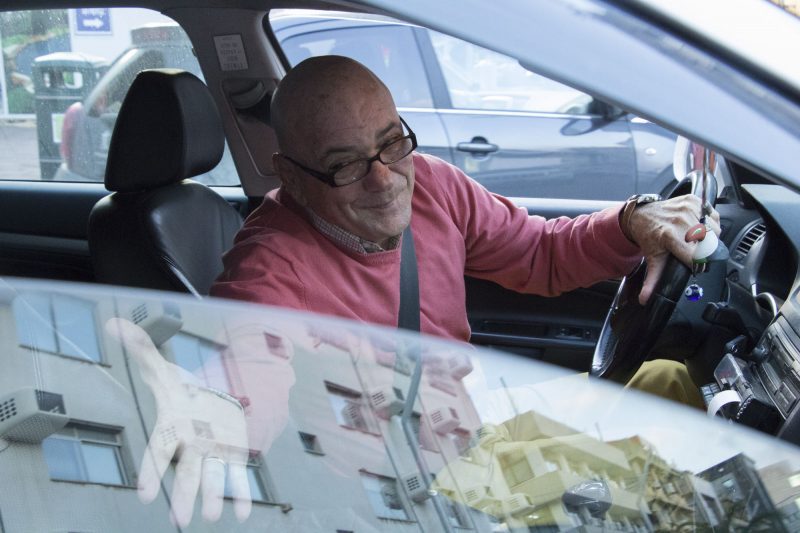
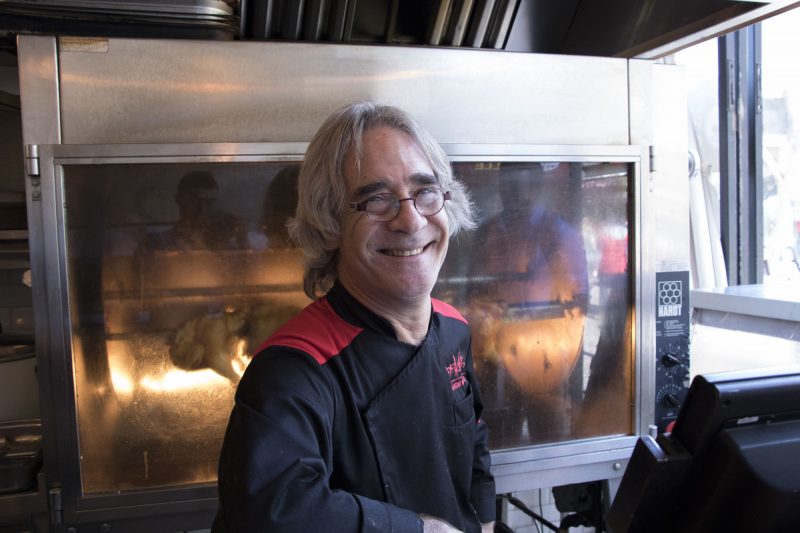
It was the Turkish man that feeds the birds at the Tel Aviv shuk with the only rationale being that “everyone needs to eat.”
It was the Palestinian who stopped what he was doing as we crossed the green line and told us how peace and cohesion is all he really wants.
It was the Jewish mother who fled Ethiopia as a six-year-old on her father’s shoulders with her family’s dreams of a better future bringing her to the land of boundless potential.
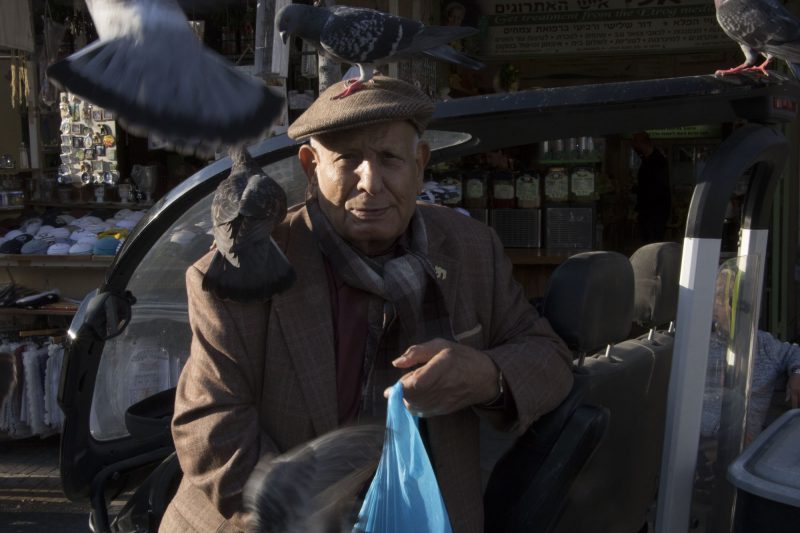
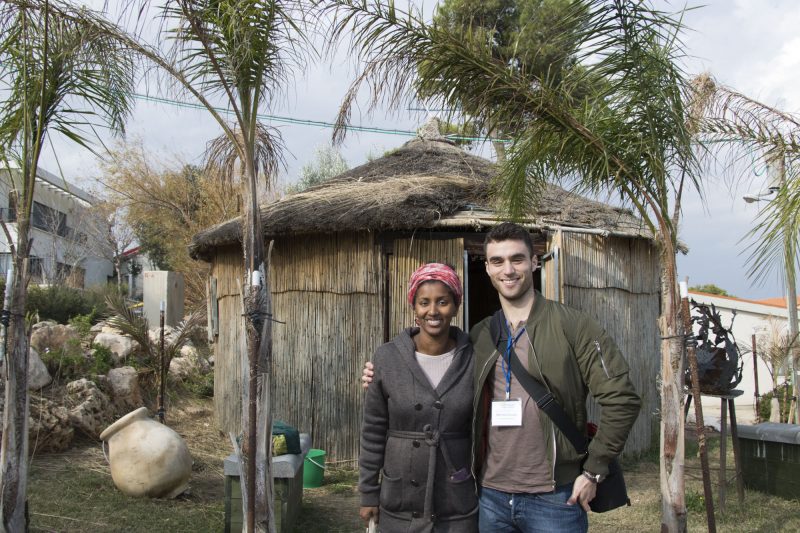
It was the father whose son was brutally murdered by terrorists that said leaving this place would “go against everything I believe.”
It was the four-year-old girl from Syria that received open-heart-surgery from Israeli doctors — those that forgot all battles and did what needed to be done.
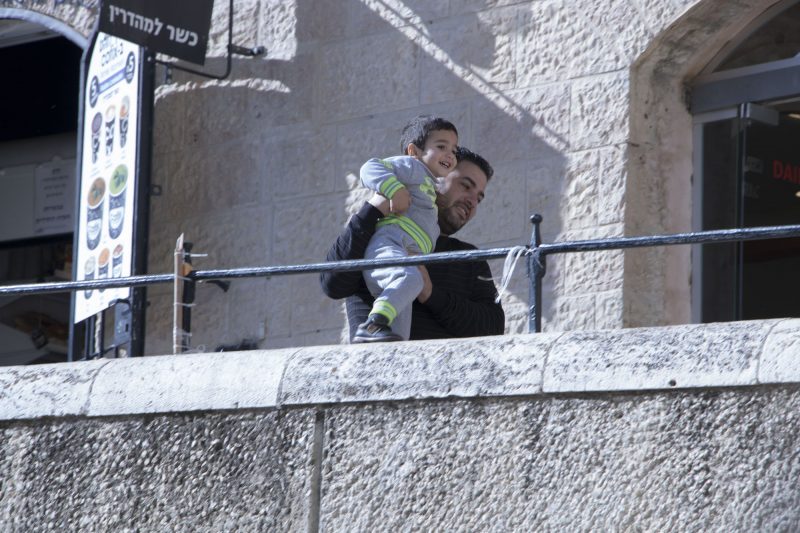
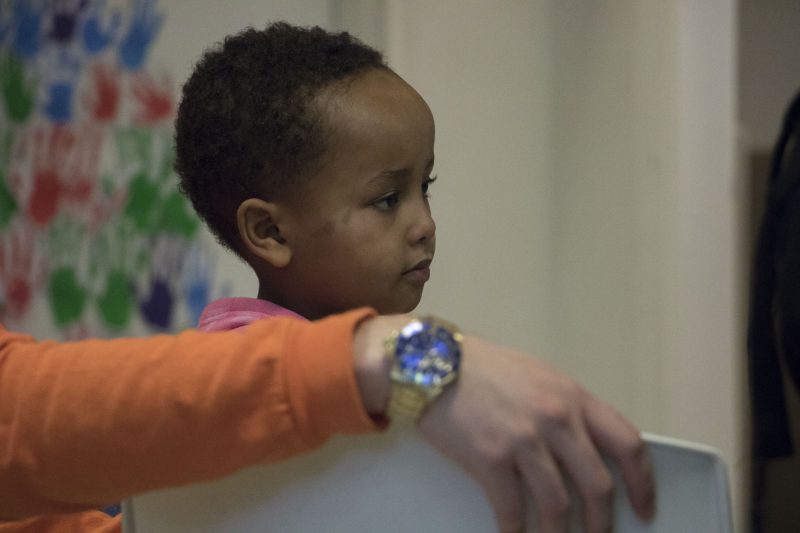
It was all the conversations I had with everyday people that really allowed me to understand Israel as a place of individuals and not just a state of political tension. Those were the voices that really mattered.
It’s one thing to fight for Israel. It’s something else to know who you’re fighting for.
Israel is more than a land of conflict.
It’s more than a state of regional division, clashing ideologies and advancing military enforcement. It’s more than a clogged toilet bowl of controversy — I’ve heard this reoccurring analogy more times than I could count.
It’s a place of humanitarian aid, technological advancement and medical progression.
It’s cities of Middle Eastern streets where the LGBTQ community is celebrated in massive parades.
It’s where non-profit rescue organizations fly out to European shores in order to assist arriving refugees. It’s where religions, cultures and art exist cohesively.
It’s where diversity is celebrated, not oppressed. It’s where freedom of speech and curiosity for knowledge are intrinsic values within the growing culture.
Despite the shit-storm, Israel is where unconditional unity holds strong.
It’s not perfect. No country is. But within the borders, no matter who you are, where you come from, what you believe in, or how you live your life, no matter the enemies and threats that quake your reality, Israel stands together.
For those reasons alone, I stand with them.


